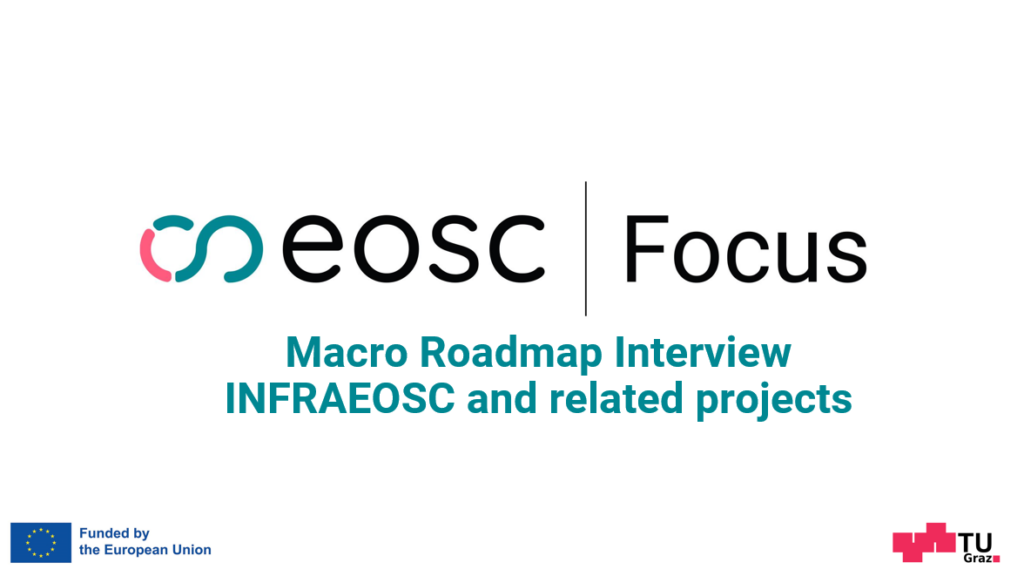EOSC is progressing in its development to become a Web of FAIR Data and Services’ for science in Europe: a multi-disciplinary environment where researchers can publish, find and re-use data, tools and services, enabling them to better conduct their work. To achieve this vision, 18 projects from Horizon Europe INFRAEOSC and related calls (RDA Tiger, EOSC4Cancer, GraspOS, Blue-Cloud2026, AI4EOSC, RAISE and EuroScienceGateway, e-IRGSP7, stR-ESFRI3, CRAFT-OA, By-Covid, FAIRCORE4EOSC, AquaINFRA, SciLake, FAIR EASE, Skills4EOSC, FAIR-IMPACT and WorldFAIR), are developing solutions, structures, use cases and best practices to tackle the challenges that are presented along the way. To capture all project results and map how they add value to the overall goal of achieving “one EOSC”, the EOSC Focus project is collaborating with the project consortia to capture their contributions and translate them into a “Macro-roadmap”.
The collection of project results was done via interviews with the projects, led by TU Graz, that mapped the project contributions against the background of the Action Areas described in the Strategic Research and Innovation Agenda (SRIA), focusing on the most important results from an executive, communication and technical level. Not only concrete results and descriptions were collected, but also the problems they are addressing, the target groups for which the results are developed, and the value they add to EOSC. The second part of the interviews focused on relationships with previous and current projects, EOSC-A Task Forces, the alignment and the identification of gaps or obstacles in the EOSC landscape.
TU Graz plays an important role in the collection of the project results and their aligning to the vision of EOSC. As leader of the task Engaging Projects: Supporting the Alignment of the EOSC Partnership with Projects of the EOSC Focus project, the TU Graz team has been the first line of contact with the projects, coordinating the design of the interview and data collection process, analysing the information retrieved in the framework of the SRIA, and translating the outcome into concrete support and collaboration actions.
The results of this considerable effort will be threefold: a structure of technical collaboration between projects, a visual “Macro-roadmap” (designed by project partner CSC) that will become available on the EOSC website after the EOSC Symposium in September, and a report by the European Commission. EOSC Support Office Austria will share all of them on its website once they are ready.
